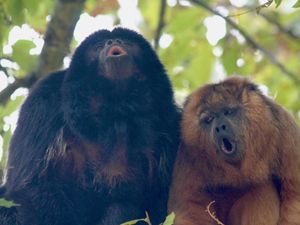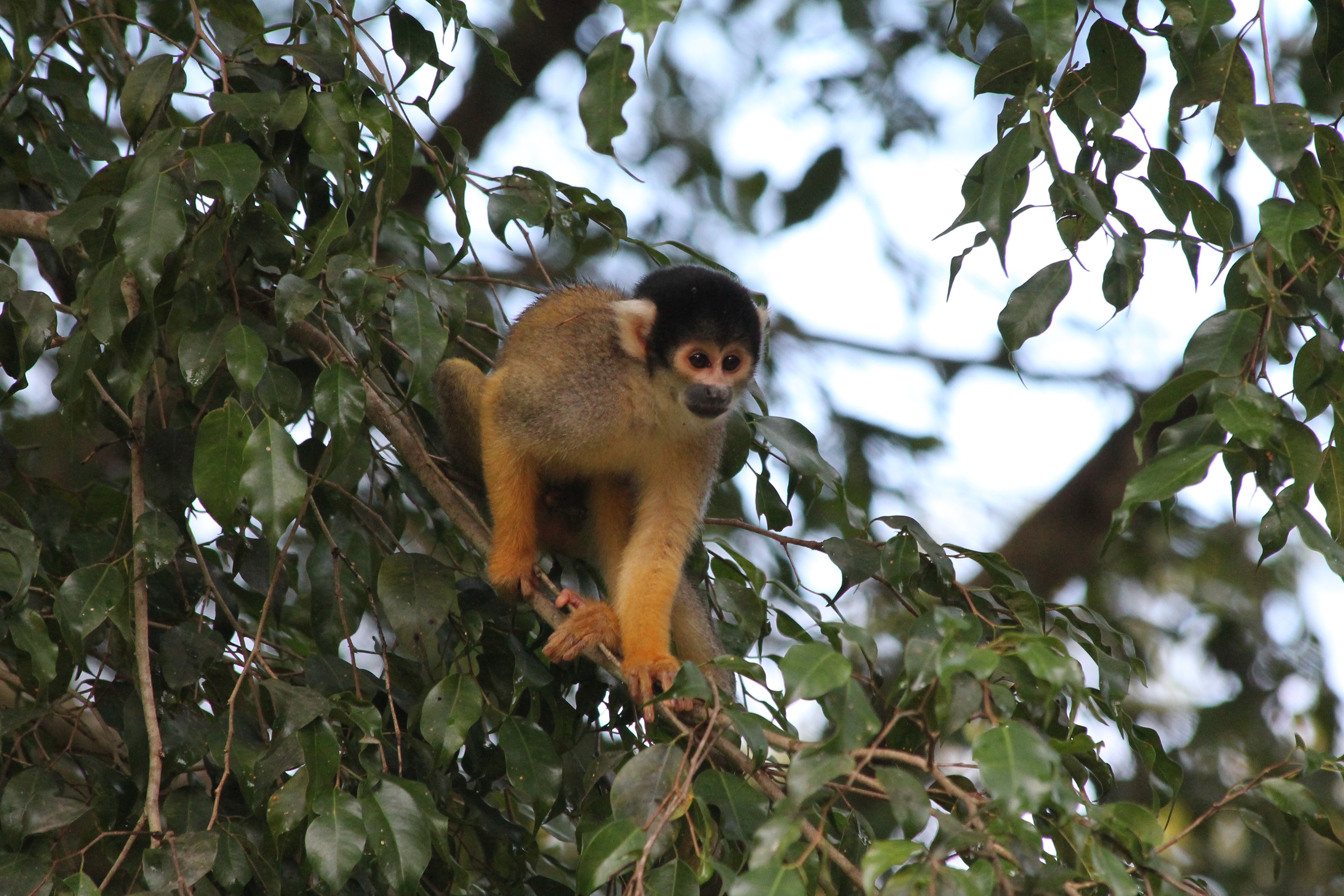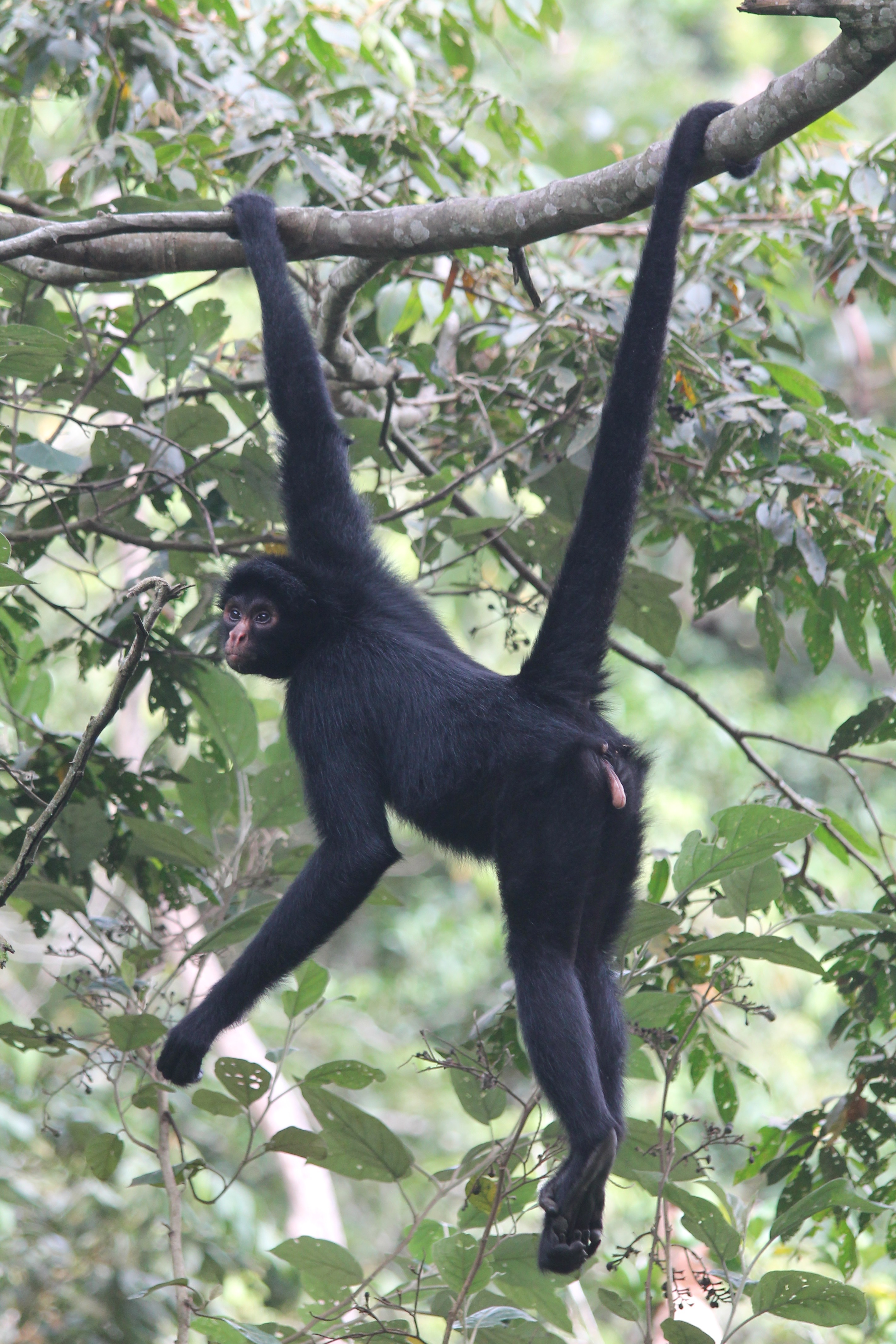Yodelling monkeys produce greater frequency jumps than humans, study shows
Leaps in monkey’s so-called ultra-yodels were ‘up to five times larger’ than in humans, researchers found.

Yodelling monkeys can produce far greater frequency jumps than humans due to special structures in their throats, research suggests.
Scientists investigated the “abrupt frequency jumps” in monkey calls, reminiscent of the rapid transitions in frequency observed in human singing styles such as yodelling – or Tarzan’s famous yell.
Their study indicates that structures in the throats of apes and monkeys, called vocal membranes, allow monkeys to introduce voice breaks to their calls.
These structures disappeared from humans through evolution to allow for more stable speech.
Authors of the study, published in the journal Philosophical Transactions Of The Royal Society B, said they found that frequency jumps in monkeys “far exceed” those by humans.

Leaps in monkey’s so-called ultra-yodels were “up to five times larger” than in humans, according to the research, “suggesting that non‑human primates use peripheral anatomical mechanisms to increase the complexity of their vocal repertoire”.
While human yodels typically span one octave or less, New World monkeys are capable of exceeding three musical octaves.
Senior author Dr Jacob Dunn, associate professor in evolutionary biology at Anglia Ruskin University, said: “These results show how monkeys take advantage of an evolved feature in their larynx – the vocal membrane – which allows for a wider range of calls to be produced, including these ultra-yodels.
“This might be particularly important in primates, which have complex social lives and need to communicate in a variety of different ways.
“It’s highly likely this has evolved to enrich the animals’ call repertoire, and is potentially used for attention-grabbing changes, call diversification, or identifying themselves.”
The study, which involved fieldwork at a sanctuary in Bolivia, CT scans and computer simulations, saw researchers record and study the calls of various monkeys.
These included the black and gold howler monkey, black-capped squirrel monkey and Peruvian spider monkey.

New World monkeys, whose range stretches from Mexico to Argentina, were found to have evolved the largest vocal membranes of all the primates.
Lead author Dr Christian T Herbst, of the University of Vienna, said: “This is a fascinating example of how nature provides the means of enriching animal vocalisation, despite their lack of language.
“The production of these intricate vocal patterns is mostly enabled by the way the animals’ larynx is anatomically shaped, and does not require complex neural control generated by the brain.”
Professor Tecumseh Fitch, an expert in human vocal evolution from the University of Vienna and a co-author of the study, said: “Our study shows that vocal membranes extend the monkey’s pitch range but also destabilise its voice.
“They may have been lost during human evolution to promote pitch stability in singing and speech.”
The authors said the findings of their study may “pave the way for further research regarding the communicative purpose of abrupt and large frequency transitions” in monkeys.





